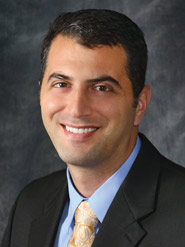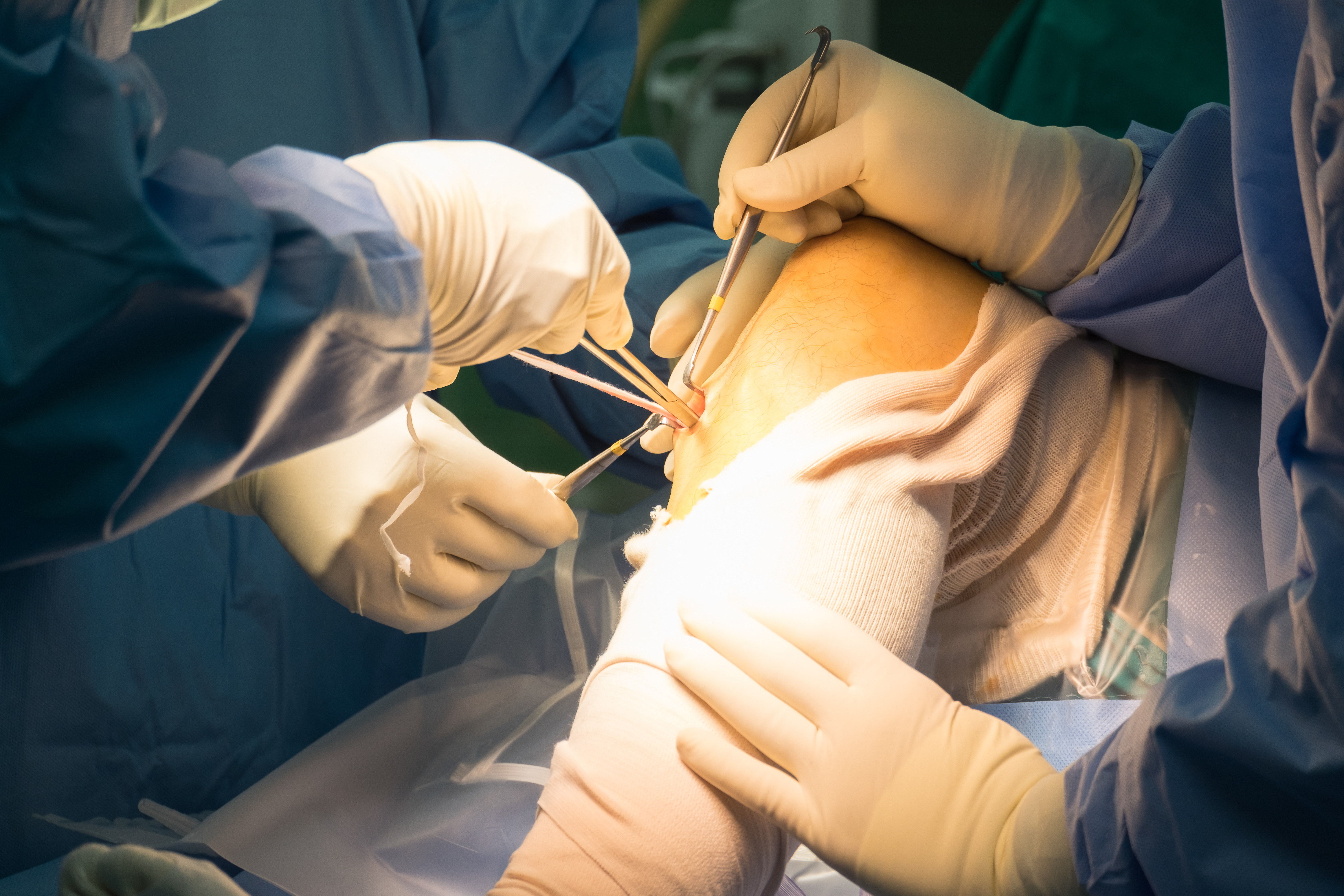By Peter Gambacorta, DO.
Arthroscopy surgery is a minimally invasive surgical technique that makes it possible for an orthopedic surgeon to visualize, diagnose, and treat problems inside a joint. The orthopedic surgeon makes very small incisions in the skin and inserts a pencil-like camera with a light source into a joint.
Prior to diagnosing a joint injury or disease, your physician will ask about your medical history and perform a physical examination, x-rays, and any other necessary tests, such as an MRI or CT scan. However, the arthroscopic procedure is how the final diagnosis is made. Some conditions that are commonly treated using an arthroscope include meniscus and anterior cruciate ligament (ACL) tears in the knee, rotator cuff and labral tears in the shoulder, labral tears and femoroacetabular impingement in the hip. Arthroscopic surgery is often preformed in the knee, shoulder, elbow, wrist and ankle.
While arthroscopic surgery is much less invasive than open surgery, using anesthetics and special equipment available in a hospital operating room or outpatient surgical suite are still necessary. Initially a diagnostic tool, arthroscopy is now used to treat many conditions without the need for open surgery. For example, most meniscal tears in the knee can now be treated successfully in this manner.
Following arthroscopic surgery, small incisions are covered with a dressing, and the patient is moved to a recovery room. With some procedures, there is little or no need for pain medications. Prior to discharge, patients receive instructions about activity level, exercise, and incision care. Your surgeon will also schedule a follow-up appointment to inspect your incisions, remove sutures if any are present, and discuss your rehabilitation
Sometimes arthroscopic surgery reveals more complex problems that require open surgery. If so, the surgery may be performed while you are still anesthetized, or at a later date after you have discussed these findings with your orthopedic surgeon.
A significant advantage of arthroscopic surgery is less post operative pain and few complications. Many athletes are treated with arthroscopic surgery because it is easier and much less invasive than open surgery. Most patients are home within several hours after the procedure. While some patients can resume normal activity in a few days, others take longer, depending upon the nature of the surgery.
The board certified physicians and surgeons at Northtowns Orthopedics have advanced training in arthroscopy on the shoulder, elbow, wrist, hip, knee and ankle. Their goal is to optimize recovery, so patients can return to and maintain active lives as quickly as possible.
 About the Author: Dr. Peter Gambacorta is a board certified orthopedic surgeon at Northtowns Orthopedics, with Harvard Fellowship training in sports medicine. Northtowns Orthopedics has offices in Alden, East Amherst, Ellicottville, Tonawanda and Williamsville. Learn more at www.northtownsorthopedics.com or call 716-204-2550.
About the Author: Dr. Peter Gambacorta is a board certified orthopedic surgeon at Northtowns Orthopedics, with Harvard Fellowship training in sports medicine. Northtowns Orthopedics has offices in Alden, East Amherst, Ellicottville, Tonawanda and Williamsville. Learn more at www.northtownsorthopedics.com or call 716-204-2550.











